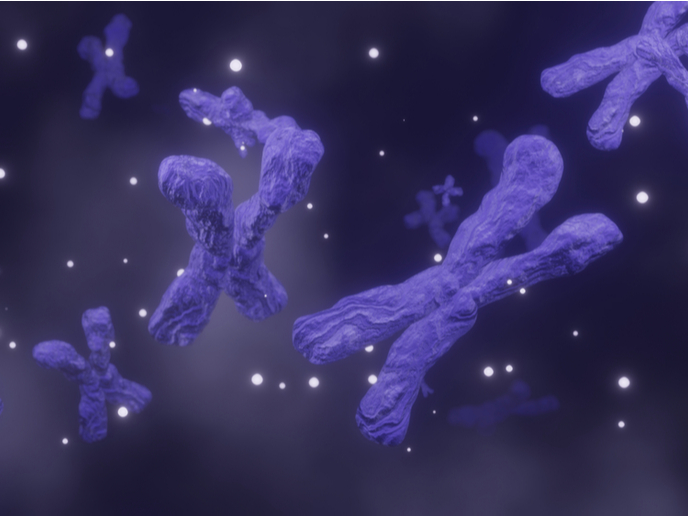Unpacking the ‘black-box’ of scanning probe microscopes for the next generation
Since the invention of the scanning tunnelling microscope in 1981 - which many regard as the birth of nano-science - there is now a thriving market for scanning probe instruments. With these tools, much can be achieved at the nano-level. For example, individual chemical bonds can be resolved, their properties measured, and their spatial symmetry exploited. However, according to Professor Philip Moriarty, the coordinator for the EU-funded ACRITAS project, this current wide availability of commercial instruments means that, ‘Scanning probe microscopy (SPM) has been somewhat a victim of its own success.’ According to the professor, SPM is often simply equated with routine imaging and characterisation, resulting in the technique being treated as a ‘black box, where users have only a superficial understanding of its operating principles, theoretical principles, and so also its limitations. ACRITAS was set up to unpack this ‘black box’, by cultivating cross-disciplinary training and innovation for young researchers. Redefining the state-of-the-art in scanning probe microscopy Outlining the objectives for the ACRITAS research, Prof. Moriarty explains that, ‘The scanning probe technique is prone to many artefacts and experimental challenges. Yet, that data is often unquestioningly trusted due to a lack of understanding of what has happened ‘under the hood’. A key goal of the ACRITAS network was to produce a new generation of SPM researchers who were well acquainted with the vagaries of the technique.’ To create an exciting and challenging training environment for SPM training, ACRITAS brought together previously distinct communities of scanning probe microscopists and theorists. On the one hand there were physical scientists whose research is carried out under somewhat extreme conditions (ultrahigh vacuum, cryogenic temperatures), on the other, teams of life scientists who focus on interactions and control in biologically relevant environments. Despite using the same experimental techniques, there had traditionally been little communication between both groups. Explaining the value of this collaboration strategy, Prof. Moriarty elucidates that, ‘Speaking as a probe microscopist whose research is reliant on ultrahigh vacuum (UHV) and low temperature conditions, we can learn a great deal from our colleagues who work in much less controlled and less forgiving environments.’ The conversation between these communities has resulted in a much greater appreciation of the SPM instrumental and data analysis challenges to be overcome. As Prof. Moriarty summarises, ‘Bridging the two groups has created a unique training programme in a field which underpins a vast amount of 21st century science.’ Putting project benefits under the microscope One of the major bottlenecks for the SPM technique is its dependence on the state of the scanning probe’s apex, where the last few atoms at the tip of the probe determine how the microscope functions. ACRITAS has already produced a great deal of knowledge about how to further control, define, and redefine the probe, but to make the process more reliable the team has laid the groundwork to actually automate the process. By using machine learning, it is anticipated that a scanning probe controller could differentiate between good and bad images, without the need for a human operator. Additionally, the project’s key insights into the mechanisms of protein folding and probe-cell interactions are topics of interest for biomedicine and pharmacy. Looking even further ahead, Prof. Moriarty speculates that, ‘Ultimately, one could ask whether a technology akin to 3D printing with atoms is possible?’ Despite these practical benefits, Prof. Moriarty is keen to advocate for the value of fundamental scientific research in its own right, to extend the boundaries of knowledge. As he concludes, ‘There are many reasons to do science beyond commercial and industrial benefit. The cross-disciplinary nature of ACRITAS meant that the interface between the life and physical sciences was blurred, and this is the space where true innovation happens.’
Keywords
ACRITAS, nano-science, scanning probe microscopy, sub-molecular, sub-atomic, atom, microscope,







